Idea by
Fernando P Ferreira
http://www.fernandopferreira.com/
Call for ideas 2017
Walking as an Ar(t)chitectural Tool
Walking as an Ar(t)chitectural Tool
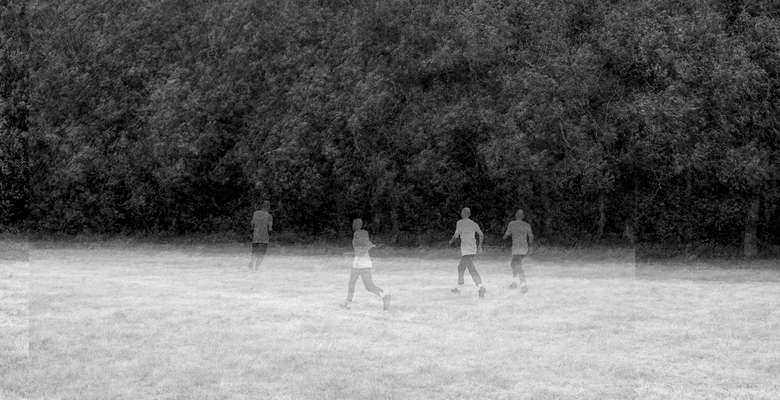
"Walking as an Ar(t)chitectural tool" seeks to unravel the urban research potentialities inherent to the shared and common act of walking. By exploring tools embodied in the act of walking, such as observing, gleaning and mapping, we experiment an anticipatory practice that can be applied not only as the first step to learn how to see, interpret and represent distinct urban problematic found in the contemporary built environment, but also as a crucial analysis methodology which anticipates the conventional architectural/urban design proposal. Moreover, we argue that walking is also a critical device, which ‘practises’ the place both poetically and critically. By practising the place poetically, we acknowledge that the walking tools unveil relevant and existing architectural and social aspects present in the built environment. By practising the place critically, we reflect and ponder over the existence of urban collective problematic and cultural imaginaries.
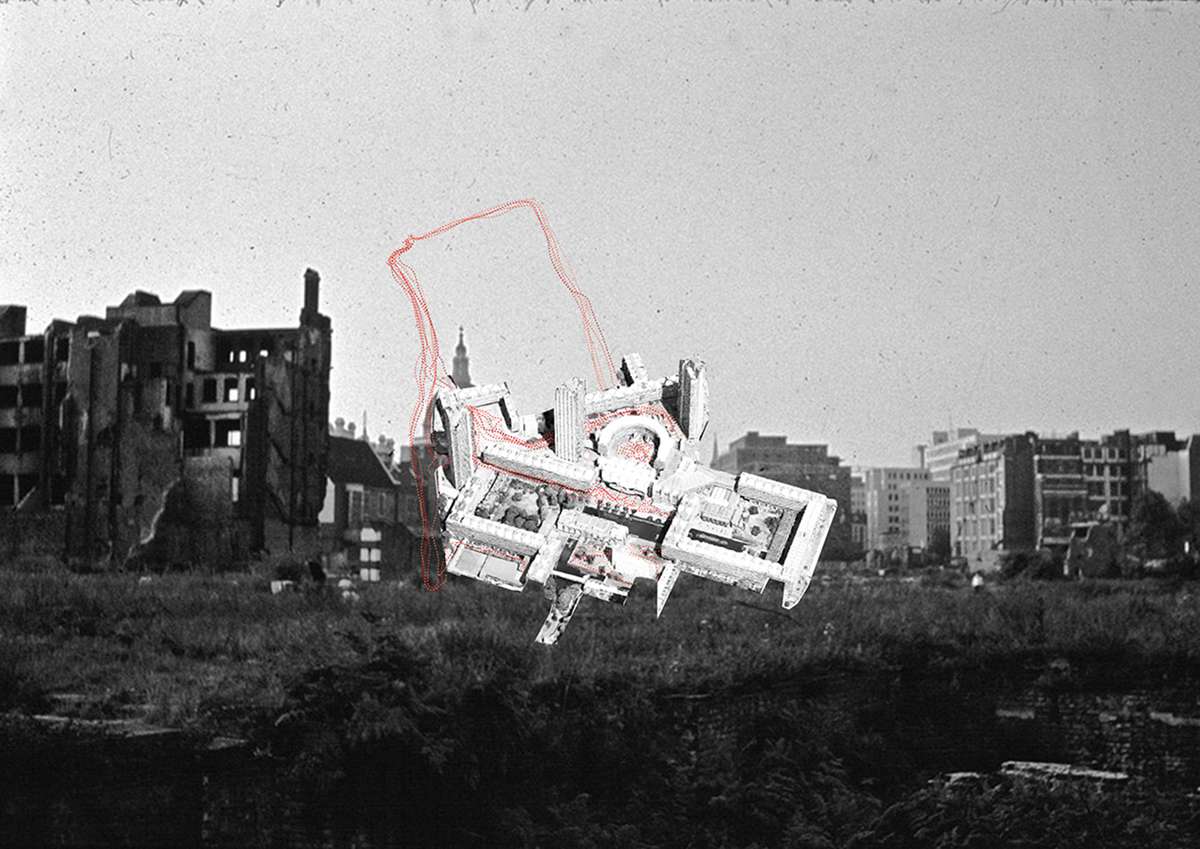
"Barbican on Solitude: (a) Walk(ing) through" is a theoretical and practical research that was triggered by my lunchtime walks towards Barbican Estate in London. By pushing and experimenting the tools inherent to the act of walking, I found and discovered an existing social behavior pattern present in Barbican´s public space, which was then translated into the creation of an essay, an artwork and a social media archive on instagram, that correlates walking with solitude in contemporary cities.
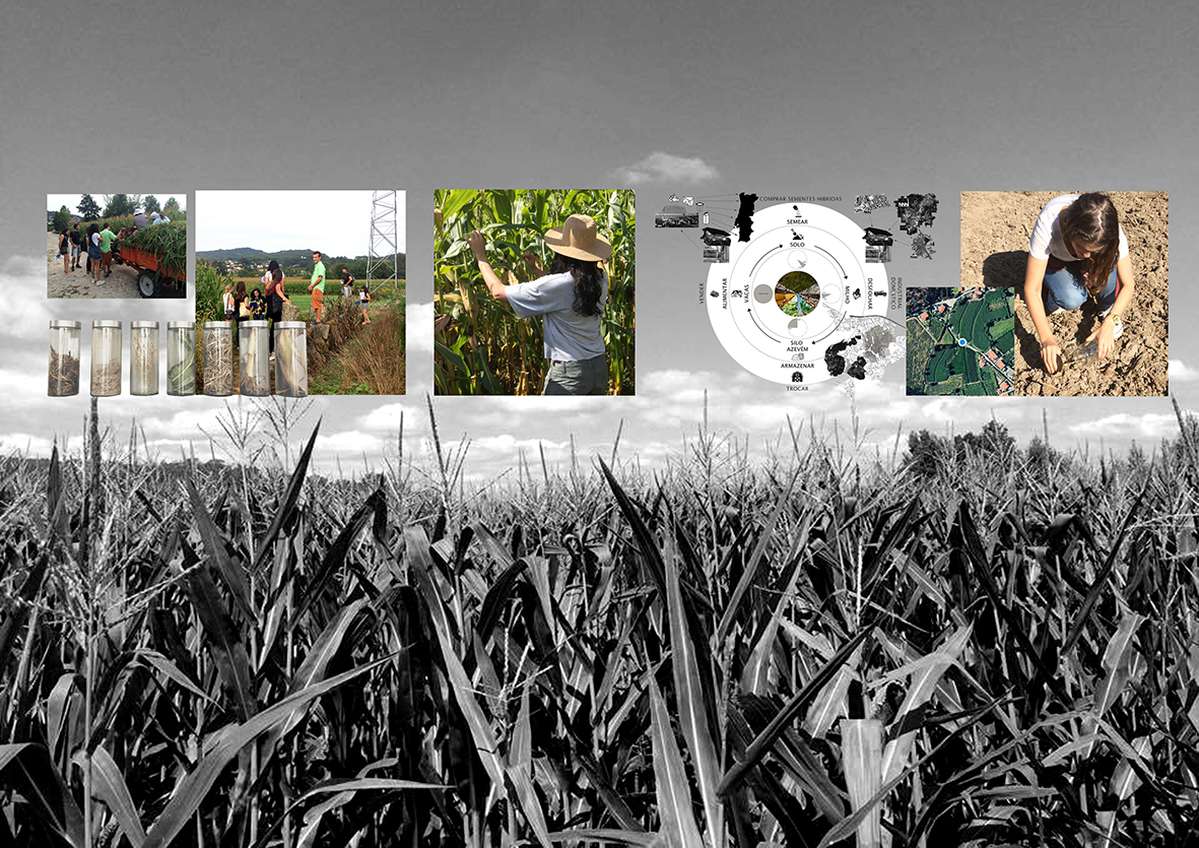
"Transcrever" was an international workshop, which occurred in Vale do Penso, Braga (Portugal), 2015. The group work that I was mentoring, was focused in developing an archive of artificial/natural elements which are integrated on the agricultural production of this specific landscape. The construction of the archive was developed through a process of "gleaning" (walking; drawing, collecting, interviewing the community); "recording" (video documentation) and "sharing" (social media archive).
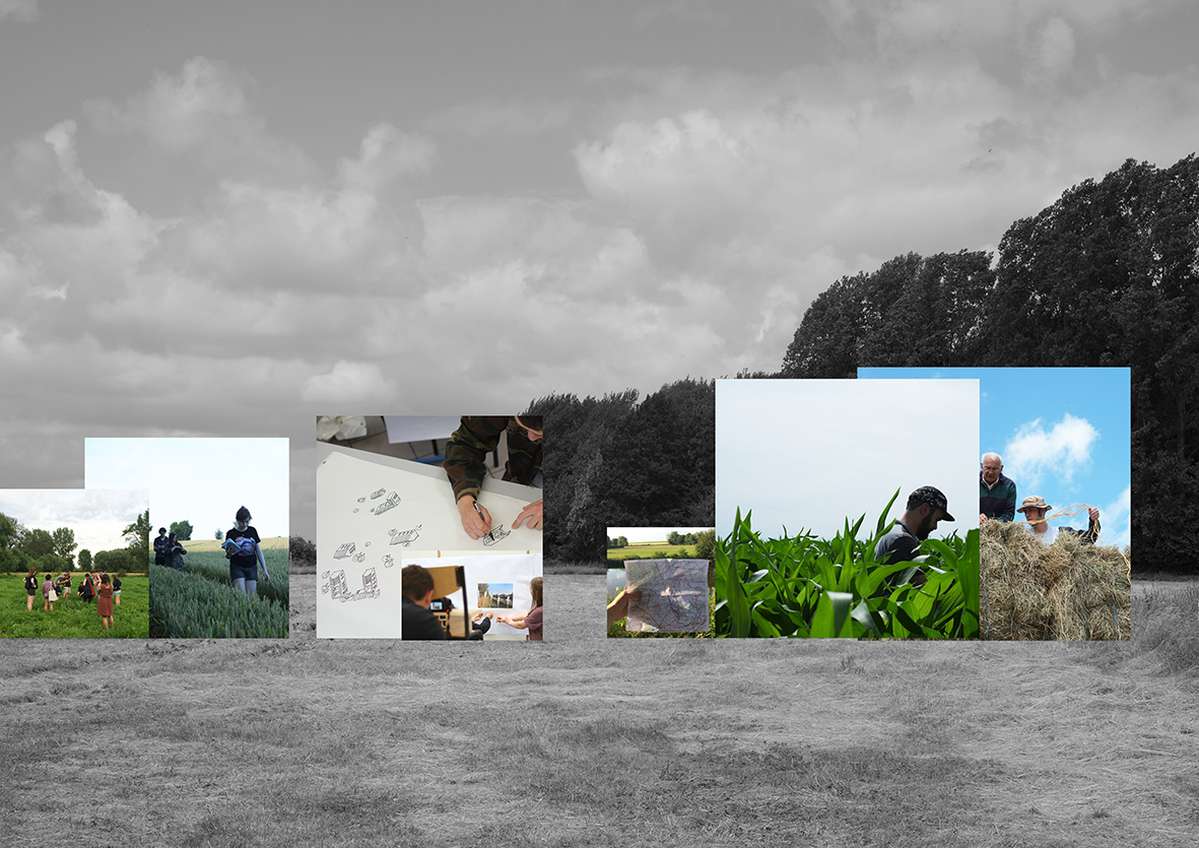
“Rural Utopia” was an international workshop organised by ENSAPL in 2016, which was focused in studying Avenois, a rural area inserted in a natural park in the south of Lille (France). The approach to study Avenois used the act of walking as a catalyst to understand and to engage with the specificity of this territory. It was trained with the architecture students, questions of observation, perception and engagement with the history and the social issues of the place.
Walking as an Ar(t)chitectural Tool
Walking as an Ar(t)chitectural Tool

"Walking as an Ar(t)chitectural tool" seeks to unravel the urban research potentialities inherent to the shared and common act of walking. By exploring tools embodied in the act of walking, such as observing, gleaning and mapping, we experiment an anticipatory practice that can be applied not only as the first step to learn how to see, interpret and represent distinct urban problematic found in the contemporary built environment, but also as a crucial analysis methodology which anticipates the conventional architectural/urban design proposal. Moreover, we argue that walking is also a critical device, which ‘practises’ the place both poetically and critically. By practising the place poetically, we acknowledge that the walking tools unveil relevant and existing architectural and social aspects present in the built environment. By practising the place critically, we reflect and ponder over the existence of urban collective problematic and cultural imaginaries.
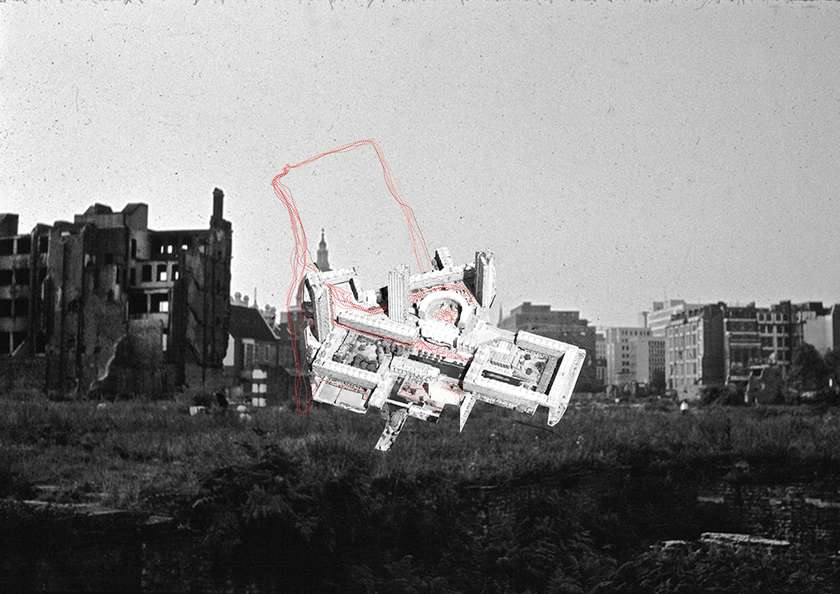
"Barbican on Solitude: (a) Walk(ing) through" is a theoretical and practical research that was triggered by my lunchtime walks towards Barbican Estate in London. By pushing and experimenting the tools inherent to the act of walking, I found and discovered an existing social behavior pattern present in Barbican´s public space, which was then translated into the creation of an essay, an artwork and a social media archive on instagram, that correlates walking with solitude in contemporary cities.
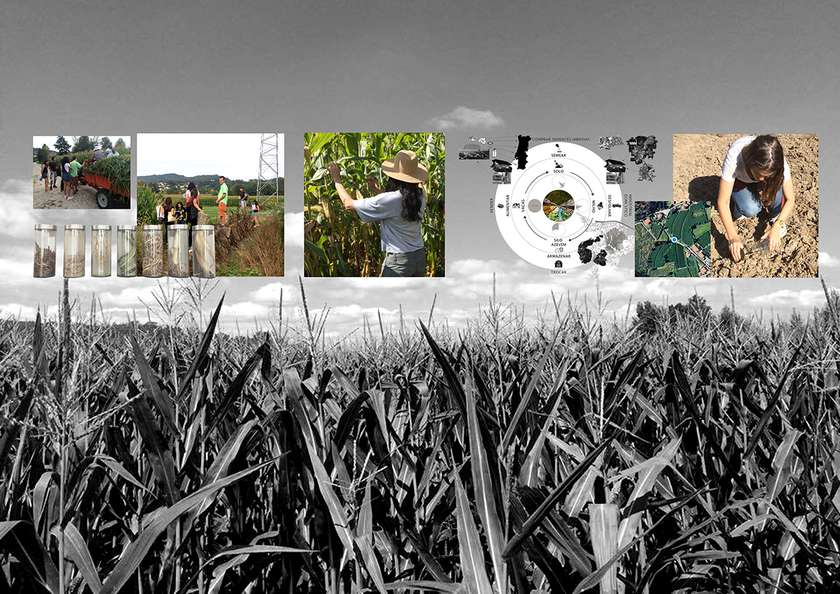
"Transcrever" was an international workshop, which occurred in Vale do Penso, Braga (Portugal), 2015. The group work that I was mentoring, was focused in developing an archive of artificial/natural elements which are integrated on the agricultural production of this specific landscape. The construction of the archive was developed through a process of "gleaning" (walking; drawing, collecting, interviewing the community); "recording" (video documentation) and "sharing" (social media archive).
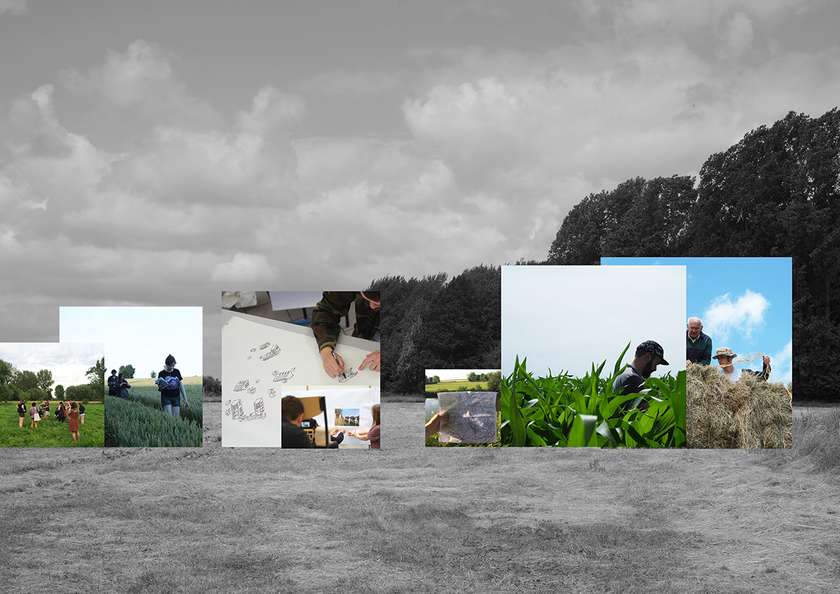
“Rural Utopia” was an international workshop organised by ENSAPL in 2016, which was focused in studying Avenois, a rural area inserted in a natural park in the south of Lille (France). The approach to study Avenois used the act of walking as a catalyst to understand and to engage with the specificity of this territory. It was trained with the architecture students, questions of observation, perception and engagement with the history and the social issues of the place.